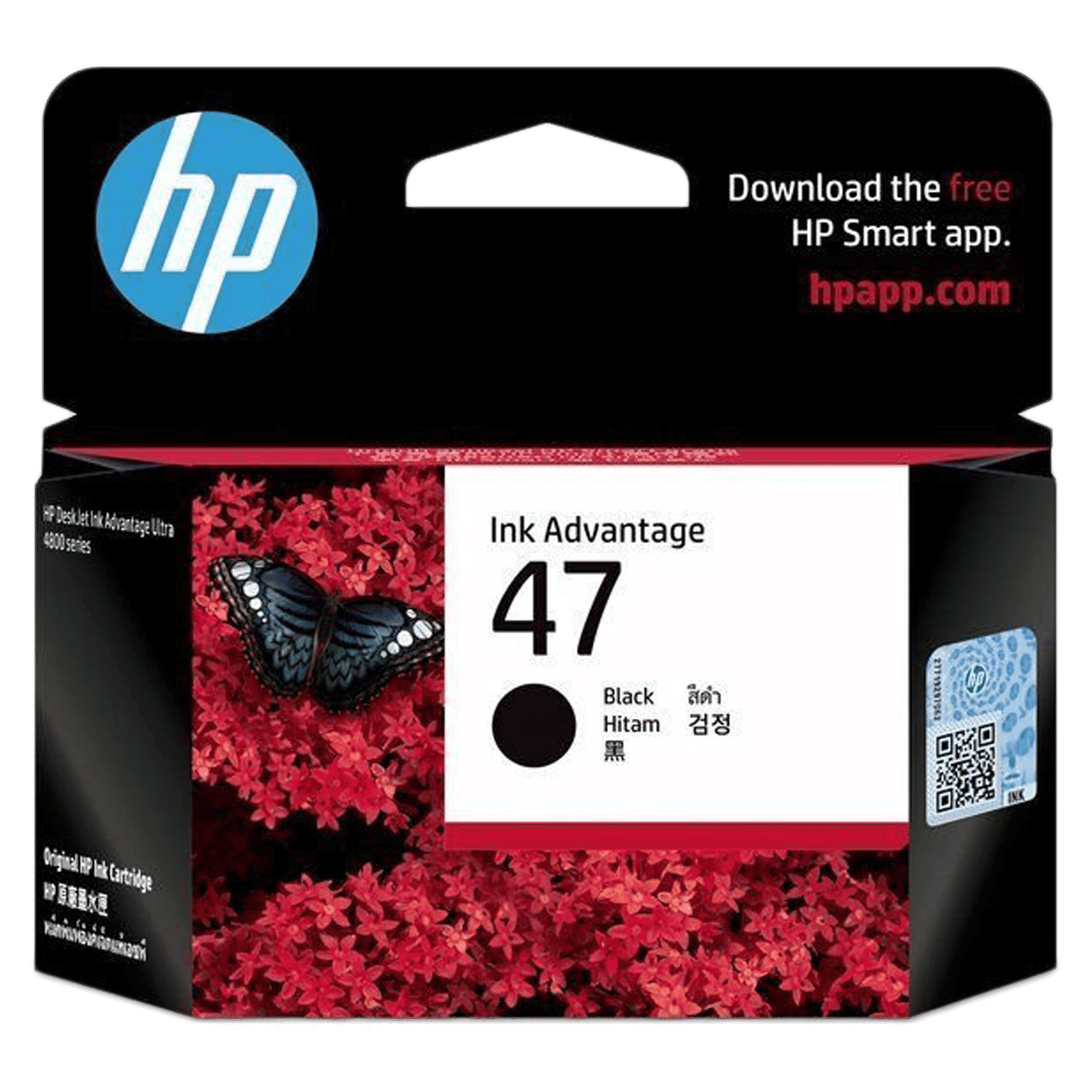%20(Presentation)%20(1600%20x%20600%20px)(4)-71adc3c8-1d35-4feb-a6fd-704327c883c2.webp&w=3840&q=75)
Consumer Electronics
•03 min read

Buy HP Ink Advantage Ink Cartridge (6ZD21AA, 47 Black) online at best prices from Croma. Check product details, reviews & more. Shop now!
Have you ever wondered if laser printers use ink like traditional inkjet models? Many share this curiosity, and understanding the difference is key to making a smart purchase decision for your home or office. In laser printers, the answer is simple: they use toner, not ink. This shift from liquid ink to a powder-based medium is at the heart of how laser printers operate and why they offer great cost efficiency and reliability.
Laser printers operate using a unique blend of static electricity and heat to transfer toner – a dry, powdery substance – onto paper. A laser beam creates an electrostatic image on a drum, attracting toner particles to the areas that will form your print. Following this, heat and pressure permanently bond the toner to the paper. This process is not only efficient but also provides a clear, high-quality print every time.
The short answer is no. Laser printers do not require ink; they rely solely on toner cartridges. Unlike the liquid ink used in inkjet printers, toner remains dry and does not experience issues such as drying out. This makes laser printers particularly attractive for those who need a dependable printing solution that can handle high volumes with minimal maintenance.
Ink is a liquid dye that soaks into the paper, while toner is a finely ground powder. Inkjet printers use liquid ink that can produce vibrant colours ideal for photos, whereas laser printers use toner that is sintered onto the paper using heat. This fundamental difference is what drives the durability and efficiency seen in laser printing, making toner a more robust option for everyday document printing.
When comparing the two, toner is generally more cost effective for high-volume printing. Offices that churn out hundreds of pages find laser printers to be a reliable partner, reducing the need for frequent cartridge replacements. On the flip side, if your priority is vibrant image quality for personal photos, inkjet printers might offer a slight edge. However, for document-heavy tasks, laser printer toner is the standout choice.
One of the significant advantages of choosing a laser printer is the long-term savings. Although the initial investment in toner cartridges might seem higher, their extended page yields mean you spend less on replacements over time. In addition, the environmental impact is lower as fewer cartridges translate into less waste. This efficiency makes laser printers a sensible and sustainable option for many users.
Maintenance for laser printers is notably lower than that for their inkjet counterparts. Toner cartridges do not dry out nor are they prone to clogging, ensuring seamless performance even if the printer is not used frequently. This low-maintenance aspect reduces the hassle and worry of sudden printing issues, particularly for busy professionals and families alike.
Insight Corner: "Did You Know?"
Unlike inkjet printers, laser printers use toner – a dry powder that doesn’t dry out or clog over time. This innovative approach makes them ideal for users who print infrequently, yet still require dependable, high-quality performance when it matters most.
Data consistently show that while inkjet printers might seem cost effective initially, their cost per page increases with high usage due to the frequent need for ink replacements. Laser printers, in contrast, offer impressive cost efficiency per page over time, making them the preferred choice for document-intensive tasks. This efficiency, combined with robust hardware, often makes laser printers the smart choice for long-term productivity.
For home users, the decision between a laser and an inkjet printer largely depends on your specific needs. If you require high-quality photo prints and are willing to manage more frequent maintenance, an inkjet printer might be suitable. However, if you print mostly documents and value cost efficiency and durability, a laser printer stands out as the superior option.
Laser printers do not need ink refilling. Toner cartridges are replaced when depleted, offering a longer lifespan compared to ink cartridges.
No, toner is a dry, powder-based medium and does not dry out like liquid ink.
Yes, many laser printers are capable of printing in full colour, although black-and-white models emphasize cost efficiency.
Although toner cartridges may come with a higher upfront cost, their impressive page yield means they are more cost-efficient over time.
It depends on your printing requirements. Laser printers excel in producing clear, text-heavy documents, while inkjet printers are preferable for high-quality photo outputs.
To summarise, laser printers do not require ink—they operate with toner, a durable and cost-effective solution crafted for high-volume, dependable printing. With the advantages of lower maintenance, higher efficiency, and impressive longevity, laser printers make an ideal choice for many users. Whether you decide to invest in a laser or an inkjet printer, understanding these differences ensures you make an informed decision that best meets your daily needs. Experience the ease and confidence of smart shopping, much like reaping additional NeuCoin rewards on Tata Neu, where trust and exceptional service lead your way to progress.